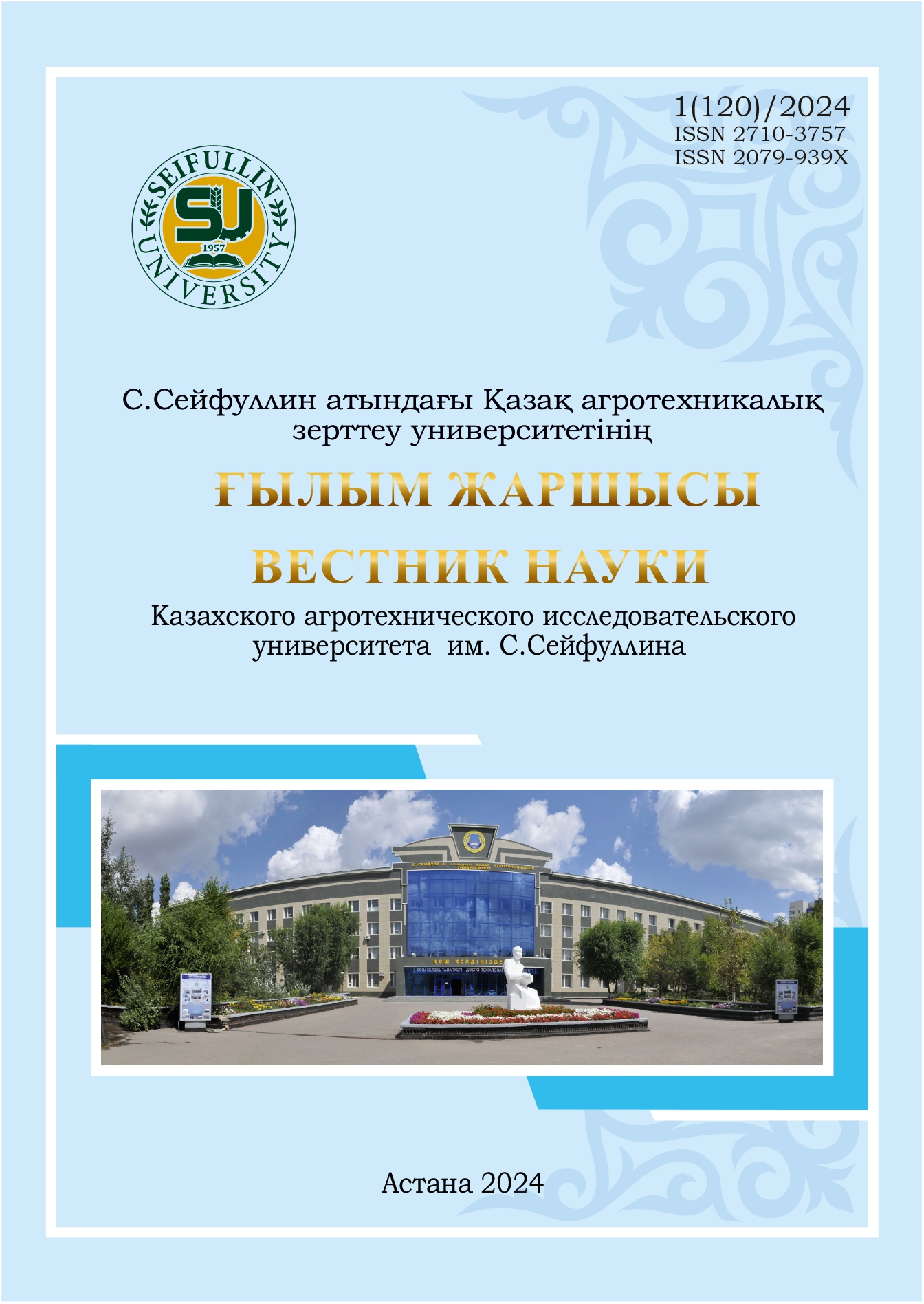GRANULOMETRIC COMPOSITION OF SOIL IN ASTANA CITY
DOI:
https://doi.org/10.51452/kazatu.2024.1(120).1612Keywords:
city soil; anthropogenic load; soil granulometric composition; pollution.Abstract
Urban soil is one of the most polluted components of the environment. An increase in anthropogenic load on urban soils, as well as pollution by various wastes, the accumulation and compaction of particularly dangerous non-recyclable substances, covering the soil surface with a waterproof layer during construction provoke a violation of the structure and a change in the physical and chemical composition of the soil. Soil serves as a natural filter that absorbs and neutralizes toxic substances released by anthropogenic influences. This activity occurs at different levels depending on the mechanical and granulometric characteristics of the soil. Therefore, when studying the state of pollution of urban soils, it is necessary to pay attention to the species composition of soils. This article provides an assessment of the granulometric characteristics of soils in Astana. In the city of Astana, soil samples were analyzed from the microdistricts of Saryarka, Baikonur, Almaty, Yesil, Nura (60 points in total). The soils of the territory of the city of Astana are represented by the following types: dark chestnut soils and their varieties, meadow-chestnut soils and their varieties, solonchaks and urbanozems; according to the granulometric composition of the soil, they are represented by heavy, medium and light loams.

